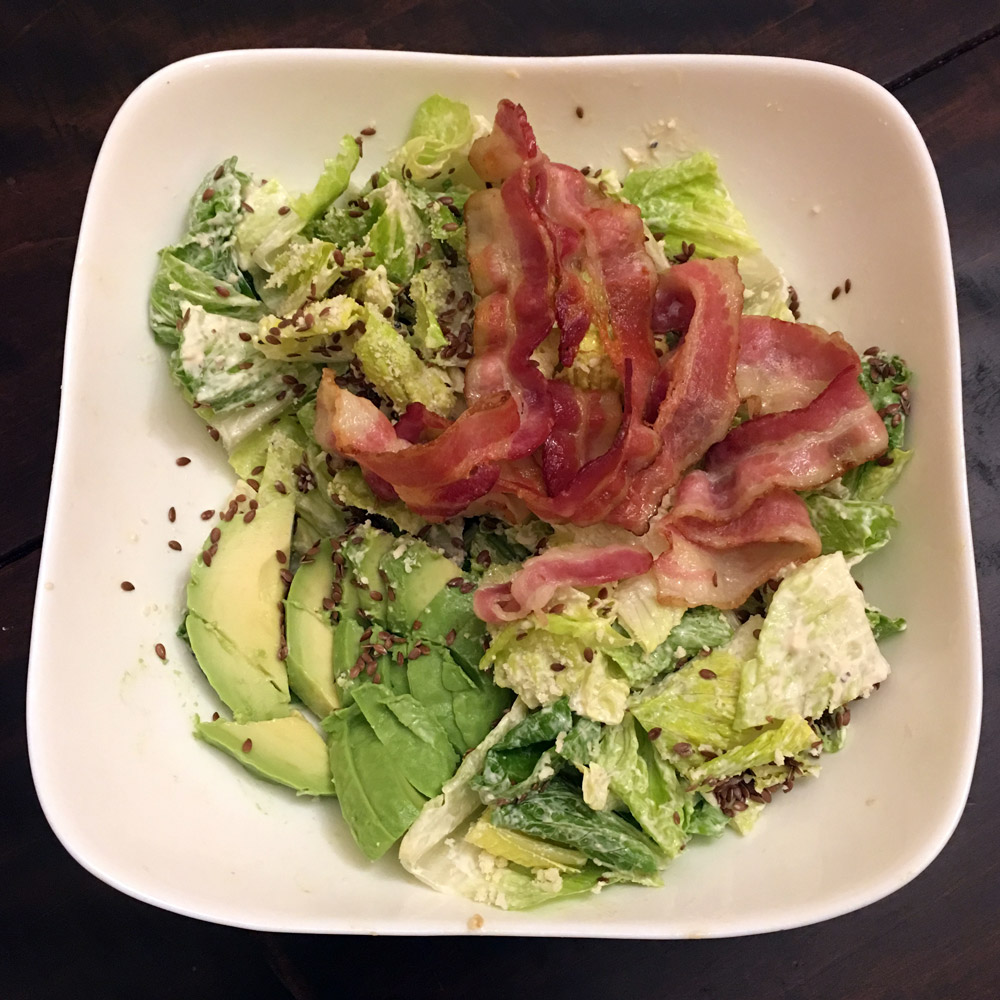Health Kitchen

The King of Steaks
Steaks are amazing – they are nutritious and tasty, unless you're a vegetarian of course. Summer is a time of barbeques and this recipe is for those of you who want to have a real fest – we're going to make a tomahawk steak, a true King of steaks!
Ingredients
- A tomahawk steak (or any other massive steak).
- Spices, olive oil, salt and pepper.
Preparation
Step 1: Get a great steak. If you want to have a great feast-worthy meal, you need something special and a massive tomahawk steak is a real treat, preferably from a good local store, grass-fed and never-frozen.
Step 2: Let the steak rest at room temperature. It's very important not to rush events when you cook. Make sure that that you thaw the steak if it was frozen, preferably in the fridge, and then take it out and let it sit at the room temperature for at least 30 min. The meat must not be cold when you start cooking, otherwise the result might be quite uneven with meat being overcooked outside and undercooked inside.
Step 3: Pat it dry. Another trick that allows for better cooking results – if your meat is moist, the water will evaporate and will create a barrier for heat to get to the meats surface. When we're grilling a steak, we want to have the Maillard reaction to happen in order to have an excellent surface looks and taste.
Step 4: Season it well. That's an easy and obvious one – simply drizzle some olive oil over it and season it with your favorite steak spices – salt and pepper, maybe add some Montreal steak spice.
Step 5: Precook it in the oven. This step is a bit controversial. To be honest, I prefer not doing anything like that – normally I just use the grill or fry my steaks. This one is an exception and the reason for it is the steak's thickness – I find it to be extremely difficult to make sure that it's cooked to your liking, even if it's medium-rare, while not overcooking the outer areas. You can use either an oven or sous-vide machine to get your steak to the optimal temperature. Preheat the oven to 250°F (120°C) and use a meat thermometer to take the steak out of the oven when the internal temperature reaches 128°F (53°C), which would be just perfect for a medium-rare steak. Instructions for sous-vide would be even simpler, just follow the machine's manual.
Step 6: Sear the steak. Now, when our meat is pre-cooked and the optimal internal temperature was reached, all we have to do is to put it on a grill for several minutes on each side to sear it and to make it look, taste and smell as good as it's possible! I prefer to use charcoal grill as it gives the meat its unique genuine flavor and smell.
Step 7: Let it rest. It's been a very tiring day for this steak – it was seasoned, changed its temperature multiple times, it was cooked in the oven and grilled – so let it rest a bit, just several minutes to let the heat inside the meat condition it further – to perfection!
Step 8: Cut, serve, and enjoy. That might be the best moment – after an hour or so of handling this wonderful steak, setting up the oven and the grill, smelling the grill smoke and anticipation of this delicious meal we can finally take a bite or, likely, many bites, and enjoy this fantastic treat!
Nutritional information
The steaks vary greatly in their size and marbling / fat percentage, so I will provide the nutritional information per 100 of the end-product. Per 100 g of grilled steak we have 291 kCal, 22 g of fat; 80 mg of cholesterol; 24 grams of protein and zero carbs which is great for low-carb or keto-dieters.

Dr.Sam's Staple Salad
My Staple salad is a low-carbohydrate and low-calorie meal, which at the same time provides you with fiber, protein and omega-3 fatty acids to promote satiety and gastrointestinal health. It is very simple to make. I would encourage you to incorporate it in your daily nutrition plan and that is why I call it my "staple" salad.
Ingredients
- Romaine lettuce, 1 head, approx. 200 g (you can use iceberg lettuce or endive insted)
- Avocado, medium size, ½
- Flax seeds, 1 tbsp
- Dressing of your choice, I prefer Caesar.
- Topping of your choice, I prefer adding cheese and bacon
Preparation
Step 1: Basics. Cut romaine, add flax seeds and a half of a ripe avocado. You can use iceberg or endive instead of romaine. Romaine is very easy to prepare compared to endive and has more fiber than digestible carbs unlike iceberg, hence my choice is romaine.
Step 2: Dressing. Any dressing of your choice. I like using Caesar salad dressing as it's low-carb, you can add ranch dressing or simple olive oil if you are vegetarian. Also, if you are looking for minimal calories vinegar might be a good choice – it has only 3 Calories per table spoon.
Step 3: Adding protein or other nutrients. It can be cheese, bacon, boiled eggs, shrimps, grilled chicken breasts, or tofu if you are vegetarian.
Nutritional information
For the most basic version (before dressing): If you take 1 head of romaine (appx. 200 gram), half of a medium-size avocado and a table spoon of flax seeds, you'll get a bowl of salad that has 14 grams of fiber, 7 grams of protein and 19 grams of fat that altogether give you just 250 calories.
